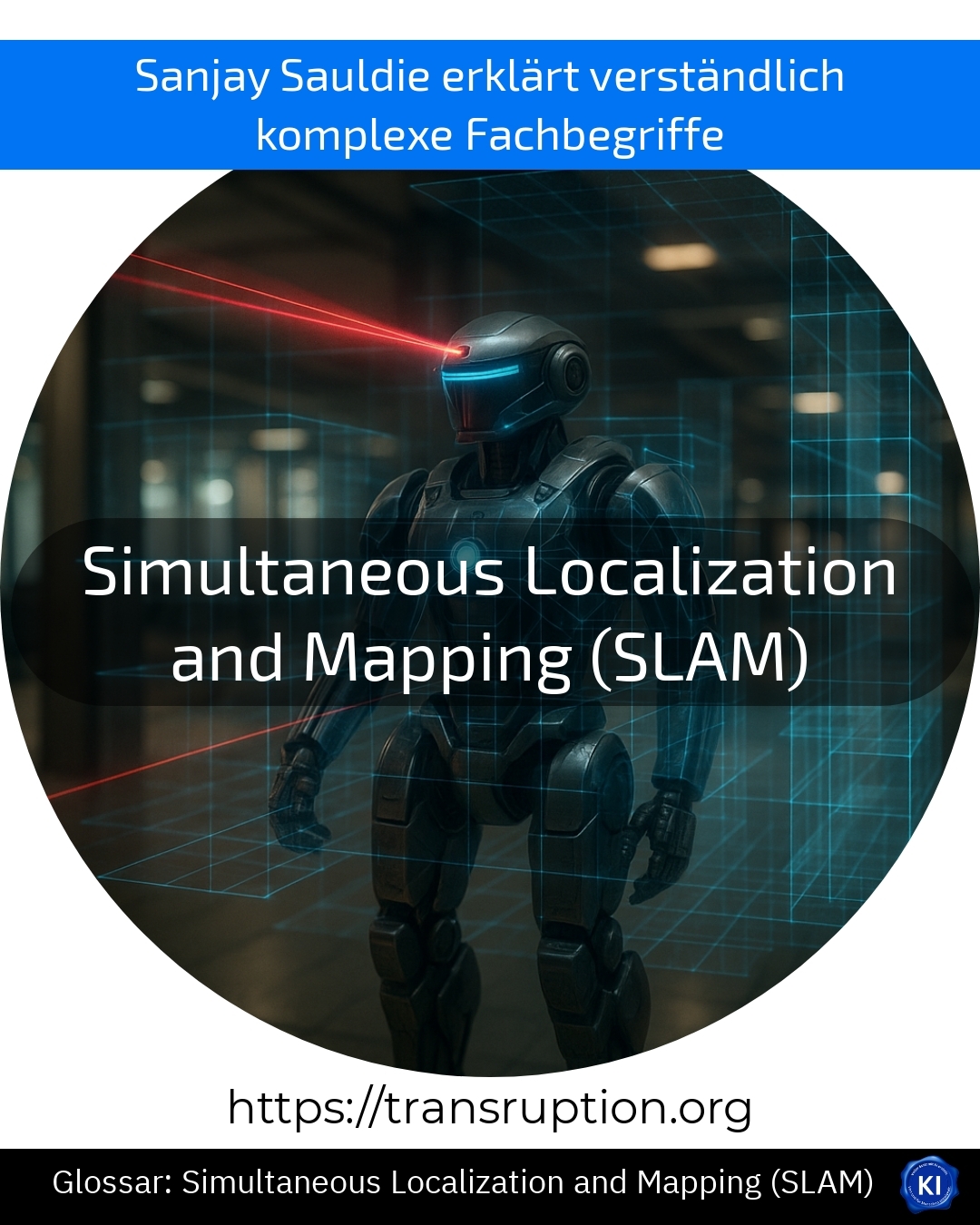Simultaneous Localisation and Mapping (SLAM) is a term used in the fields of automation, robotics and artificial intelligence. SLAM describes the ability of machines to simultaneously orientate themselves in an unknown environment and create a map of this environment - all in real time.
Imagine a robot hoover travelling through your home for the first time. With the help of SLAM, it recognises exactly where it is and creates a digital map of your rooms. This way, it knows which areas it has already cleaned and which are still missing. The same principle is also used in autonomous vehicles, drones or in industry when machines have to find their way around new environments independently.
Simultaneous Localisation and Mapping (SLAM) makes robots significantly more efficient and flexible in their work. They can recognise obstacles, adapt to changes and complete tasks more reliably - without previously installed sensors or predefined maps.
SLAM is therefore a key technology on the way to a fully automated factory, intelligent household robots and advanced, autonomous artificial intelligence in everyday life.















